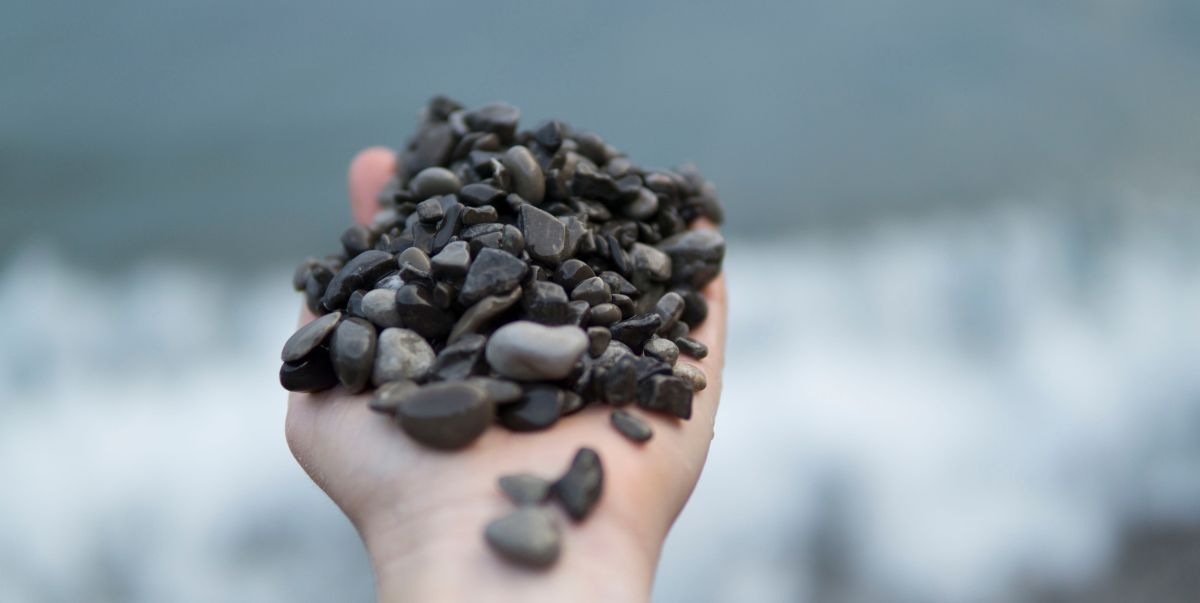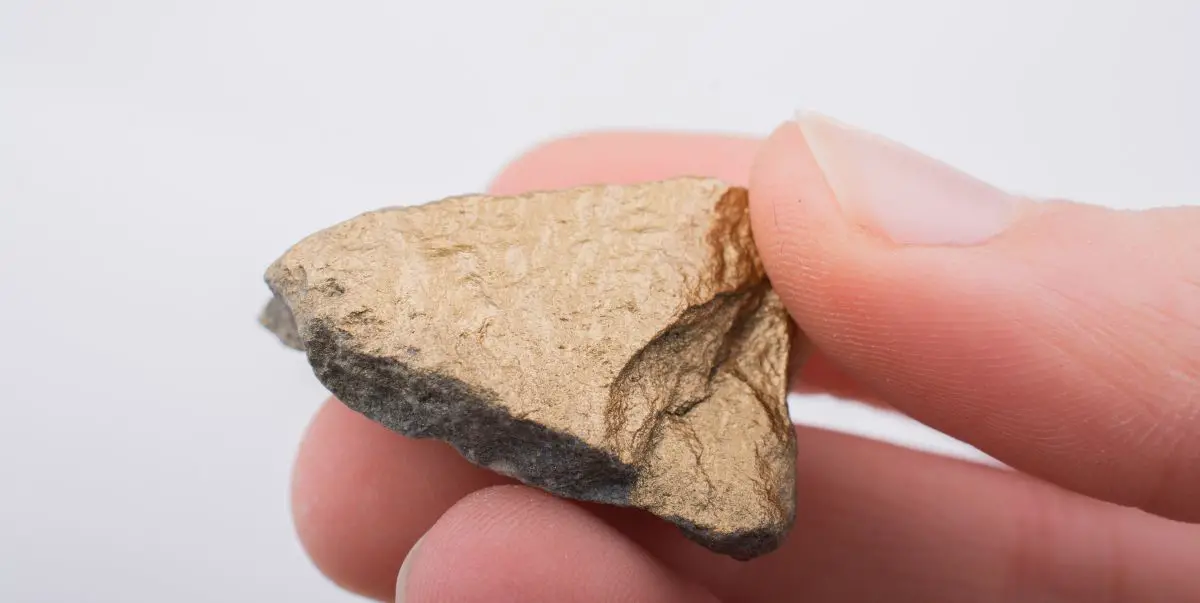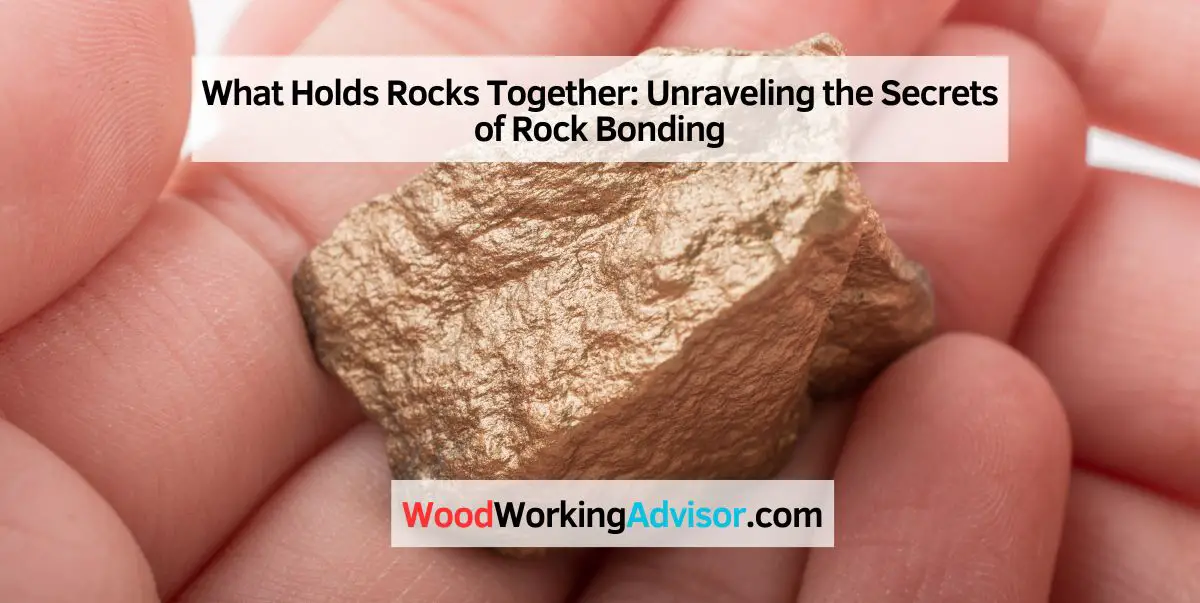Rocks are held together by a combination of chemical bonds and physical forces, such as gravity. Rocks, the solid material that forms the Earth’s crust, are held together by various mechanisms.
One of the main factors that holds rocks together is the presence of chemical bonds, which can be of different types, including ionic, covalent, and metallic bonds. These bonds result from the sharing or transfer of electrons between atoms, creating a strong connection between them.
Additionally, physical forces such as gravity play a crucial role in keeping rocks in place. Gravity acts as an invisible force that applies pressure on the rocks, keeping them from falling apart or shifting. Together, these chemical bonds and physical forces work harmoniously to maintain the structural integrity of rocks.
The Science Of Rocks
In understanding the fascinating world of rocks, it’s crucial to delve into the science behind them. Rocks are not just random chunks of matter; they have a well-defined structure and composition that holds them together. To comprehend this phenomenon, let’s explore the formation of rocks and the various types they can be classified into.
Formation Of Rocks
Rocks are formed through a process called the rock cycle, which involves the transformation of one type of rock into another through geological processes. The three main types of rocks that form the basis of this cycle are igneous, sedimentary, and metamorphic rocks. Each of these rocks has a unique way of coming into existence.
Types Of Rocks
The first type of rock is igneous rock. It is formed when molten magma or lava cools and solidifies. Igneous rocks can be further categorized into two types: intrusive, which forms below the Earth’s surface, and extrusive, which forms above the surface.
The second type of rock is sedimentary rock. It is created through the accumulation and cementation of sediments over time. These sediments, such as sand, mud, and organic matter, are carried by water, wind, or ice and eventually settle in layers. The weight and pressure of the upper layers compress them, turning them into solid rock.
- Claystone
- Sandstone
- Limestone
- Coal
The third type of rock is metamorphic rock. It forms from the alteration of pre-existing rocks due to intense heat and pressure within the Earth’s crust. This causes the minerals and textures of the rock to change, giving rise to a new rock with different properties.

Rock Bonding
Rock bonding is the process by which rocks are held together. It occurs through various mechanisms, such as cementation, where minerals act as a binding agent, or through the interlocking of mineral grains. These mechanisms play a crucial role in the strength and stability of rock formations.
Chemical Bonding
Chemical bonding plays a crucial role in holding rocks together. Rocks are comprised of various minerals, each with their own unique chemical composition. The atoms within these minerals bond together through different types of chemical bonding, resulting in the formation and stability of rocks.
One type of chemical bonding commonly found in rocks is ionic bonding. In ionic bonding, atoms transfer electrons to one another, creating positively and negatively charged ions. These ions are then attracted to each other, forming a bond. This type of bonding is often seen in rocks that contain minerals such as halite (rock salt) or quartz.
Physical Bonding
Physical bonding, also known as mechanical bonding, is another important factor in holding rocks together. This type of bonding occurs when physical forces create interlocking connections between rock particles. It occurs especially in rocks called sedimentary rocks, which are formed by the accumulation and consolidation of sediments.
Physical bonding can occur through various mechanisms. One common mechanism is known as compaction, where the weight of overlying sediments compacts the lower layers, resulting in the particles becoming tightly packed together. Another mechanism is cementation, where minerals such as calcite or silica precipitate and fill the spaces between particles, creating a cement-like substance that binds the particles together.
In addition to chemical and physical bonding, other factors can also contribute to the overall strength and cohesion of rocks. These factors include the presence of water, temperature fluctuations, and external forces such as pressure and stress. These factors can further influence the stability and durability of rocks over time.
Understanding the different mechanisms of rock bonding provides valuable insights into the formation and behavior of rocks. By studying these processes, scientists can gain a better understanding of the geological history and processes that shape our planet.
To summarize, rocks are held together by both chemical and physical bonding. Chemical bonding involves the transfer of electrons and the formation of ionic bonds, while physical bonding is created through interlocking connections between particles. These bonding mechanisms, along with other geological factors, contribute to the overall strength and stability of rocks.
Factors Affecting Rock Bonding
Rock bonding, or what holds rocks together, is influenced by various factors. These include the type of rock, geological process, pressure, temperature, and the presence of minerals. By understanding these factors, we can gain insights into the strength and stability of rocks in different environments.
Factors Affecting Rock Bonding
Understanding what holds rocks together involves considering various environmental and geological factors that influence the strength and stability of rock bonds. These factors play a crucial role in determining the overall durability and integrity of rock formations. Environmental Factors encompass external elements such as temperature, moisture, and chemical exposure, while Geological Factors pertain to the composition and structure of the rocks themselves.
Environmental Factors
Environmental factors have a significant impact on the bonding of rocks. Temperature fluctuations, especially rapid changes, can cause expansion and contraction, leading to stress and potential fracturing of rock bonds. Moisture infiltration, particularly in the form of freeze-thaw cycles, can weaken the bonds as water expands upon freezing, creating pressure within the rock mass. Additionally, Chemical Exposure from pollutants or natural acids can degrade the bonds, making them susceptible to erosion.
Geological Factors
Geological factors directly relate to the inherent properties of rocks and their surrounding conditions. Key aspects include the Mineral Composition, where certain minerals may have a higher bonding strength than others due to their molecular structure. Rock Texture also plays a role, with smoother surfaces generally exhibiting weaker bonding compared to rough, interlocking textures. Additionally, the Structural Integrity of the rock mass, including fractures, faults, and strength anisotropy, influences the overall bonding stability.
In essence, the interaction of these environmental and geological factors contributes to the complex nature of rock bonding, highlighting the importance of considering these variables when assessing the integrity and stability of rock formations.
Implications In Geology
Geology is a fascinating field that encompasses the study of Earth’s rocks, minerals, and the processes that shape our planet. A key aspect of geology is understanding what holds rocks together, as this knowledge holds important implications for the stability of the Earth’s surface and the processes that mold our landscapes.
Rock Stability
Rock stability is crucial in geology, particularly when it comes to analyzing natural hazards such as landslides and rockfalls. By examining the forces that hold rocks together, geologists can better understand the conditions under which rocks may become unstable and result in potentially catastrophic events.
There are several factors that influence rock stability, including the strength and cohesion of the rock material, as well as the presence of fractures and faults. The strength of a rock refers to its ability to resist deformation and breakage under stress, while cohesion refers to the binding forces that hold the particles of the rock together.
Fractures and faults can significantly weaken rock formations, as they create planes of weakness along which rocks can separate or slip. Geological processes like tectonic activity, weathering, and erosion can induce fractures and faults, further compromising rock stability.
Geological Processes
Geological processes play a significant role in determining the strength and cohesion of rocks. These processes include the formation of different rock types, the deposition and compacting of sediments, and the effects of heat and pressure over time.
For instance, the process of lithification, which involves the compaction and cementation of sediments, can lead to the formation of sedimentary rocks with significant cohesion. On the other hand, the intense heat and pressure experienced deep within the Earth’s crust can cause rocks to undergo metamorphism, resulting in the formation of stronger, more rigid rocks.
Furthermore, geological processes such as weathering and erosion can weaken rocks by breaking them down into smaller particles, altering their composition, or creating new fracture surfaces. These processes occur through various mechanisms, including physical forces (such as freeze-thaw cycles and abrasion) and chemical reactions (such as dissolution and oxidation).
Understanding the implications of these geological processes on rock stability is essential for geologists, as it allows them to assess the potential risks associated with certain types of rocks and environments. By considering the forces that hold rocks together, geologists can contribute to the development of strategies to mitigate the risks posed by natural hazards, enhance engineering designs, and safeguard communities and infrastructure.
Applications In Industry
Rocks stay connected in various ways in industrial applications, forming the foundation of construction and geological projects. Understanding the cohesive forces that hold rocks together is crucial for enhancing their strength and durability in these industries.
Construction
In the construction industry, understanding what holds rocks together is crucial for ensuring the strength and stability of buildings, roads, and other structures. Different types of rocks have different binding materials, and knowing how to manipulate these materials can have a significant impact on construction projects.
One common binding material in construction is cement, which is made by combining limestone, clay, and other materials. Cement acts as a glue that binds rocks together to create strong and durable structures. It is widely used in the construction of walls, foundations, and pavements.
Another application in the construction industry is the use of rocks as decorative elements. Various types of rocks, such as granite, marble, and sandstone, are used to enhance the aesthetic appeal of buildings. These rocks are cut and polished to create beautiful facades, countertops, and flooring.
Mining
Mining is another industry where understanding what holds rocks together is crucial. Rocks and minerals are extracted from the Earth for various purposes, including the production of metals, building materials, and energy sources.
In the mining industry, rocks are often held together by natural cementing agents such as silica, iron oxide, or calcium carbonate. These agents form strong bonds that help to keep the rocks intact during the mining process.
Mining companies use various techniques to extract rocks and minerals from the Earth. This includes drilling, blasting, and crushing rocks to break them apart and separate valuable minerals from the ore. Understanding the binding materials in rocks is essential for optimizing mining processes and maximizing the yield of valuable minerals.
Overall, understanding what holds rocks together has significant applications in the construction and mining industries. Whether it is the binding materials used in construction or the natural cementing agents in rocks during mining, this knowledge is vital for ensuring the strength, stability, and efficiency of various industrial processes. By leveraging this understanding, industries can enhance the quality of their products and improve the overall performance of their projects.

Frequently Asked Questions Of What Holds Rocks Together
What Makes Rocks Stick Together?
Rocks stick together due to minerals acting as natural glue, binding them into solid formations. The minerals fill in gaps, creating strong bonds.
What Binds Rocks Together?
Rocks are bound together by various natural processes like cementation, compaction, and mineral precipitation.
What Can I Use To Hold Rocks Together?
To hold rocks together, you can use various materials such as mortar, epoxy, or construction adhesive. These substances create a strong bond between the rocks, ensuring they stay in place. Choose the appropriate adhesive based on the type and size of rocks you are working with.
What Is The Best Adhesive For Rocks?
The best adhesive for rocks is a strong construction adhesive, specifically formulated for bonding heavy materials. Look for a durable, weather-resistant adhesive designed for stone and concrete. A high-quality construction adhesive will provide a secure and long-lasting bond for your rock projects.
Conclusion
Understanding the forces that hold rocks together is crucial in various fields. It impacts geology, construction, and even everyday life. By comprehending the roles of cementation, mineral and crystal growth, and other factors, we can harness the strength and durability of rocks for practical applications.
Exploring this topic further unveils the intricate mechanisms behind nature’s solid formations.


